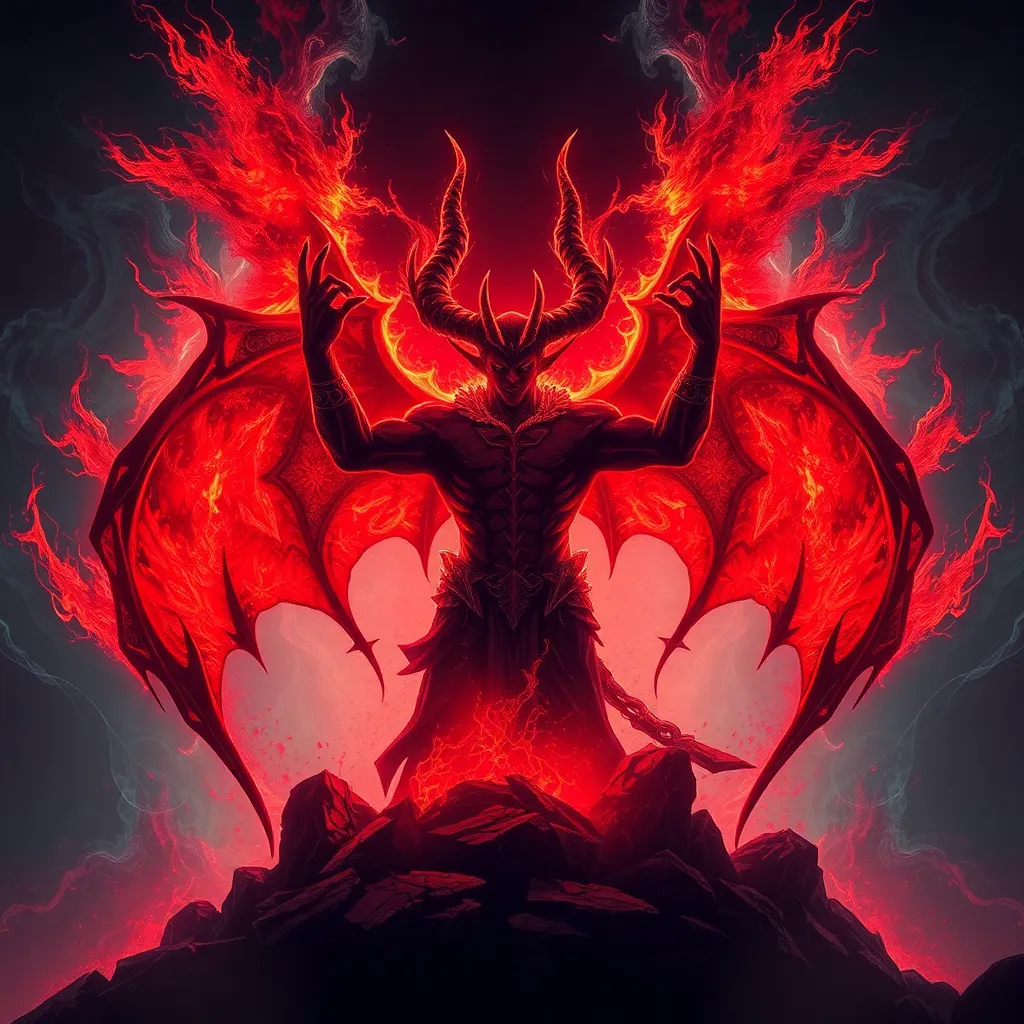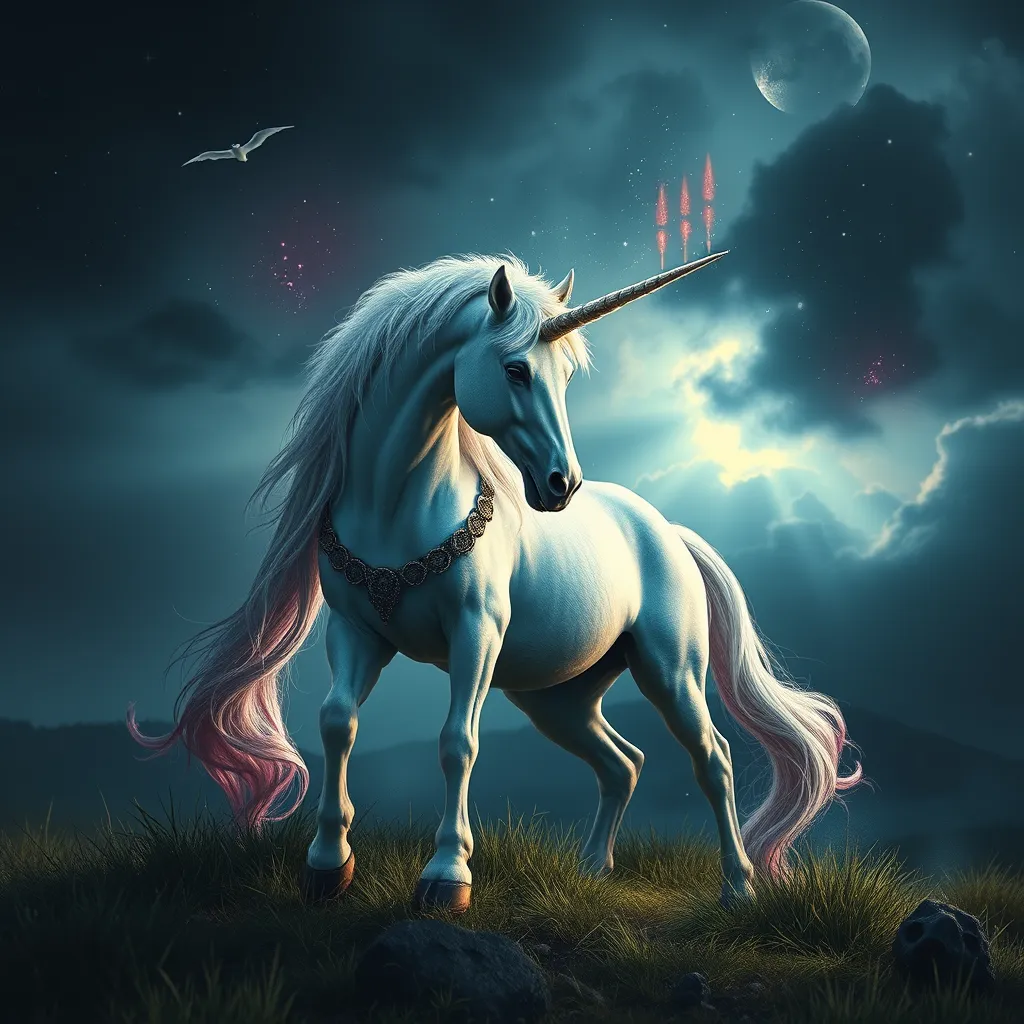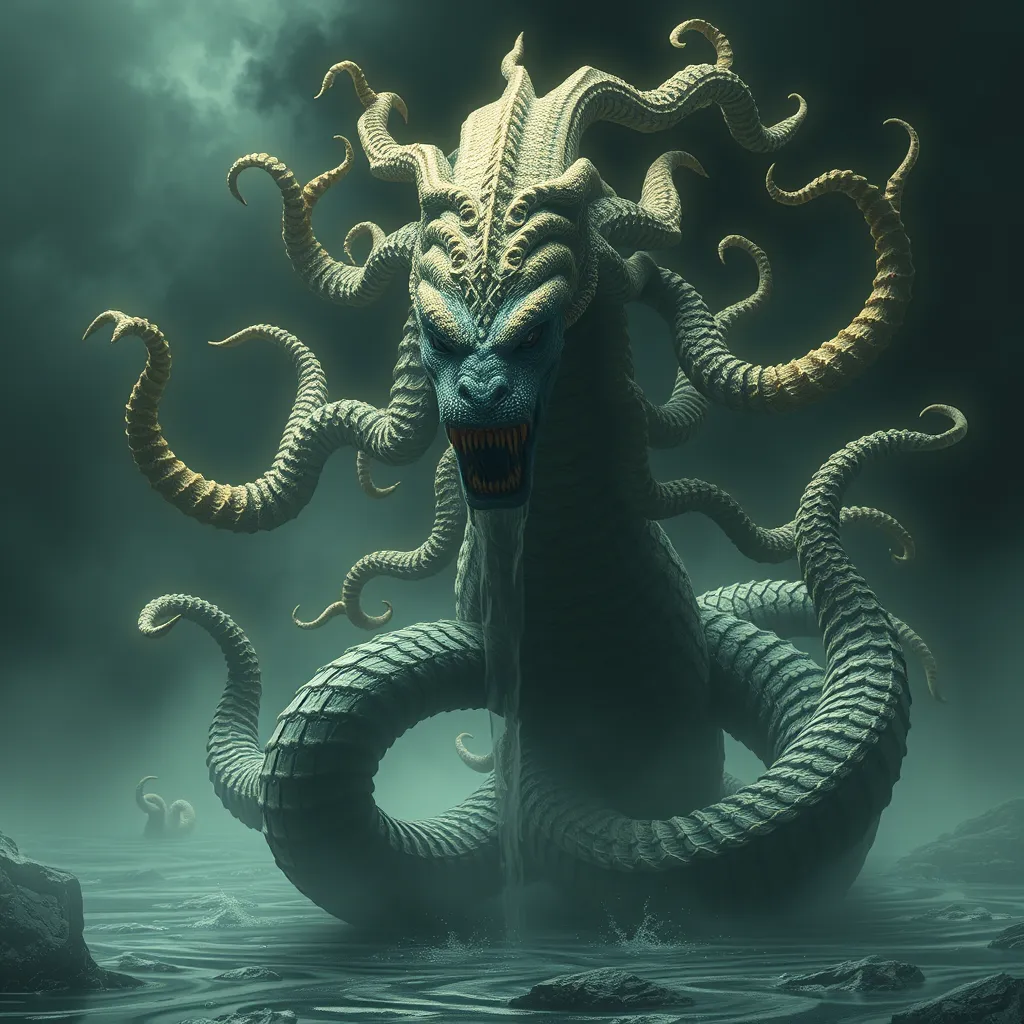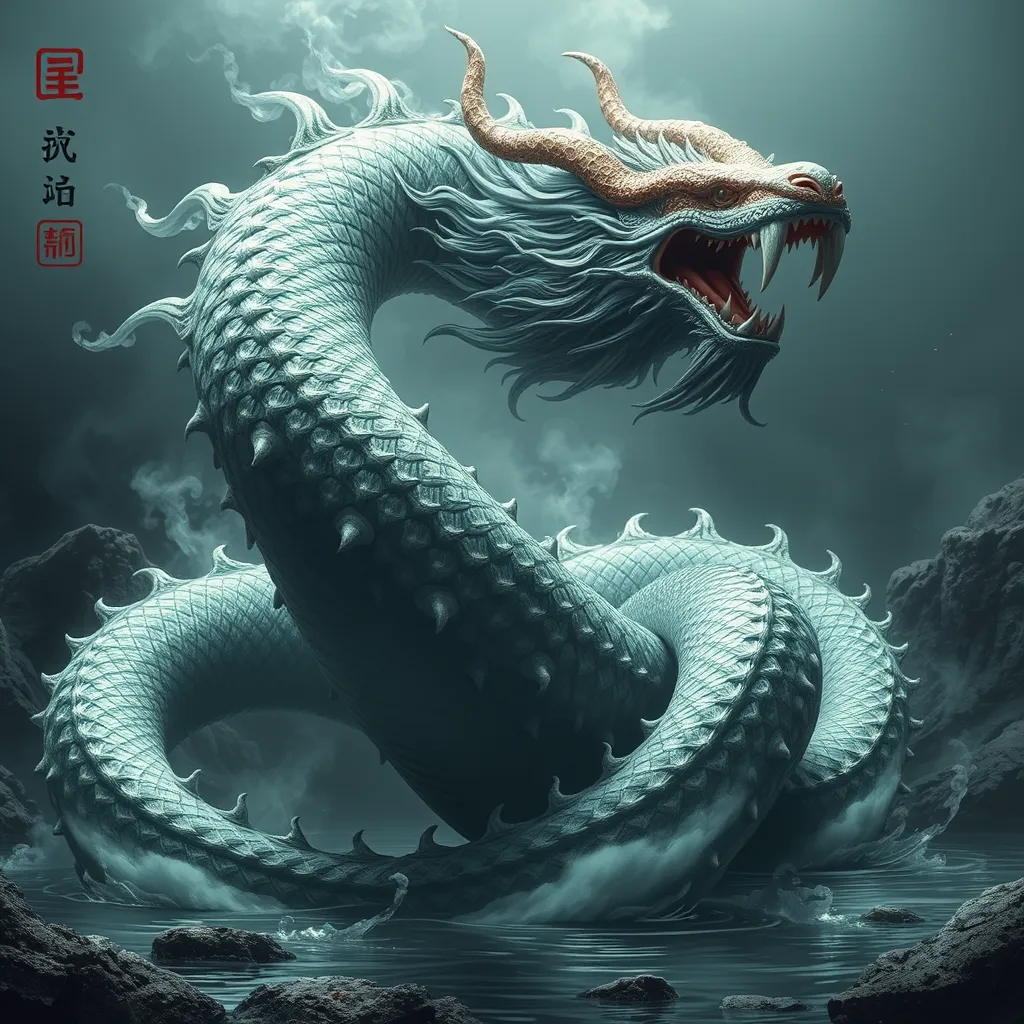The Devil’s Envoy: Ifrit as Agents of Chaos and Destruction
I. Introduction
Ifrit, a figure rooted in the mythology of the Middle East, is often depicted as a powerful and chaotic being. Traditionally, Ifrit are considered to be a type of jinn, possessing immense strength and a propensity for destruction. Their significance extends beyond mere folklore, representing deeper themes of chaos and the duality of creation and destruction.
This article seeks to explore the multifaceted nature of Ifrit, examining their historical origins, characteristics, and representation in folklore and popular culture. We will delve into the duality of Ifrit, their metaphorical significance, and their legacy in contemporary discourse.
II. Historical Origins of Ifrit
The origins of Ifrit can be traced back to ancient Middle Eastern lore, where they were initially described as spirits of fire. These beings evolved throughout history, influenced by various cultures and their interpretations of the supernatural.
- Ancient Middle Eastern lore: Ifrit were often depicted as powerful beings associated with fire and the underworld.
- Cultural interpretations: Across different civilizations, Ifrit have been represented variably as benevolent spirits or malevolent forces.
- Islamic theology: In Islamic texts, Ifrit are referenced in the Quran, often illustrating their role as agents of chaos and destruction.
III. Characteristics of Ifrit
Ifrit possess distinct physical attributes and symbolic meanings that highlight their nature as chaotic beings. Common traits include:
- Physical descriptions: Typically described as towering figures with fiery appearances, Ifrit embody the essence of fire.
- Symbolic meanings: They often symbolize the destructive forces of nature and the chaos present in the world.
- Traits of chaos: Ifrit are known for their unpredictable behavior, often wreaking havoc and instilling fear among mortals.
IV. Ifrit in Folklore and Popular Culture
Ifrit have made significant appearances in various forms of literature and storytelling, as well as in modern media.
- Literature: Ifrit are featured in ancient texts like “One Thousand and One Nights,” where they are often portrayed as formidable adversaries.
- Films and video games: In contemporary depictions, Ifrit appear in numerous films and games, often as powerful antagonists or elemental forces.
- Influence on modern interpretations: The portrayal of Ifrit has shaped contemporary views of evil, chaos, and the supernatural.
V. The Duality of Ifrit: Chaos vs. Creation
The concept of Ifrit embodies a paradox, showcasing their role as both destructive and creative forces. This duality can be explored through various mythological narratives.
- Destructive forces: In many stories, Ifrit unleash chaos, leading to ruin and despair.
- Creative aspects: Conversely, Ifrit can also inspire creativity, as their chaotic nature pushes individuals to confront and overcome challenges.
In cultural contexts, the balance between chaos and order is often reflected in the narratives surrounding Ifrit, highlighting the necessity of both forces in life.
VI. Ifrit as a Metaphor for Human Emotions
Ifrit can also be interpreted as a metaphor for human emotions, particularly the chaos that often accompanies inner turmoil.
- Psychological interpretations: Ifrit represent the chaotic aspects of the human psyche, illustrating the struggles individuals face.
- Inner turmoil: The destructive tendencies of Ifrit mirror the conflicts and challenges that people encounter in their lives.
- Impact on relationships: The chaos embodied by Ifrit can disrupt social harmony, affecting relationships and communal bonds.
VII. The Legacy of Ifrit in Contemporary Discourse
In modern discussions, Ifrit maintain relevance in various contexts, including morality, ethics, and social commentary.
- Morality and ethics: Ifrit serve as a symbol of the moral dilemmas that arise from chaos and destruction.
- Political and social commentary: The chaotic nature of Ifrit can be paralleled with societal issues, reflecting the instability present in contemporary life.
- Modern interpretations: Ifrit’s legacy continues to influence how chaos is understood and addressed in various cultural narratives.
VIII. Conclusion
In summary, Ifrit embody the essence of chaos and destruction, serving as both a cautionary figure and a source of inspiration. Their role in mythology and folklore highlights the complexity of chaos, representing not just destruction but also the potential for creation and renewal.
The enduring legacy of Ifrit in culture and society emphasizes the importance of understanding chaos in our lives, as it reflects the struggles and challenges inherent to the human experience. Ultimately, Ifrit remind us that from chaos can arise the potential for transformation and growth.



